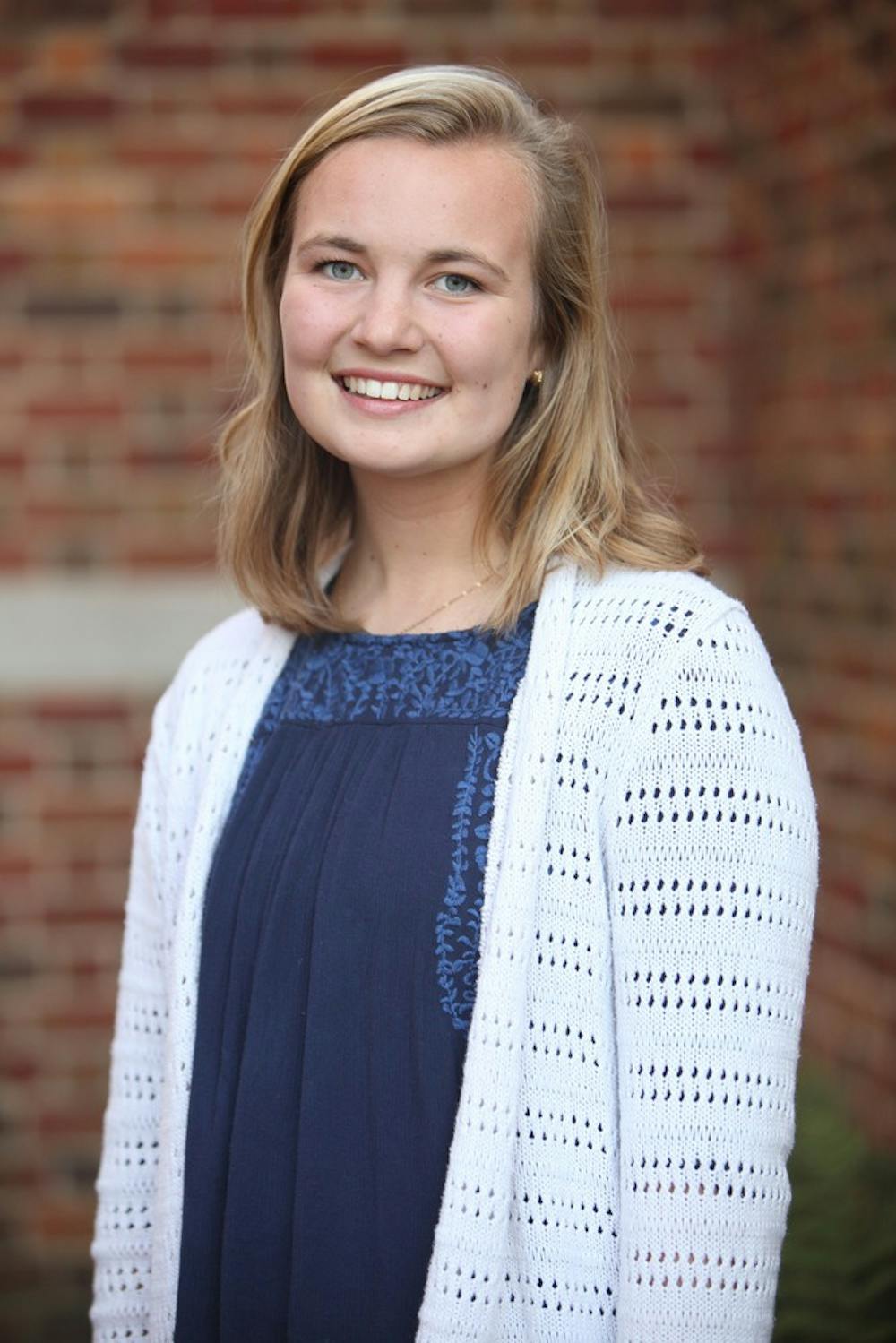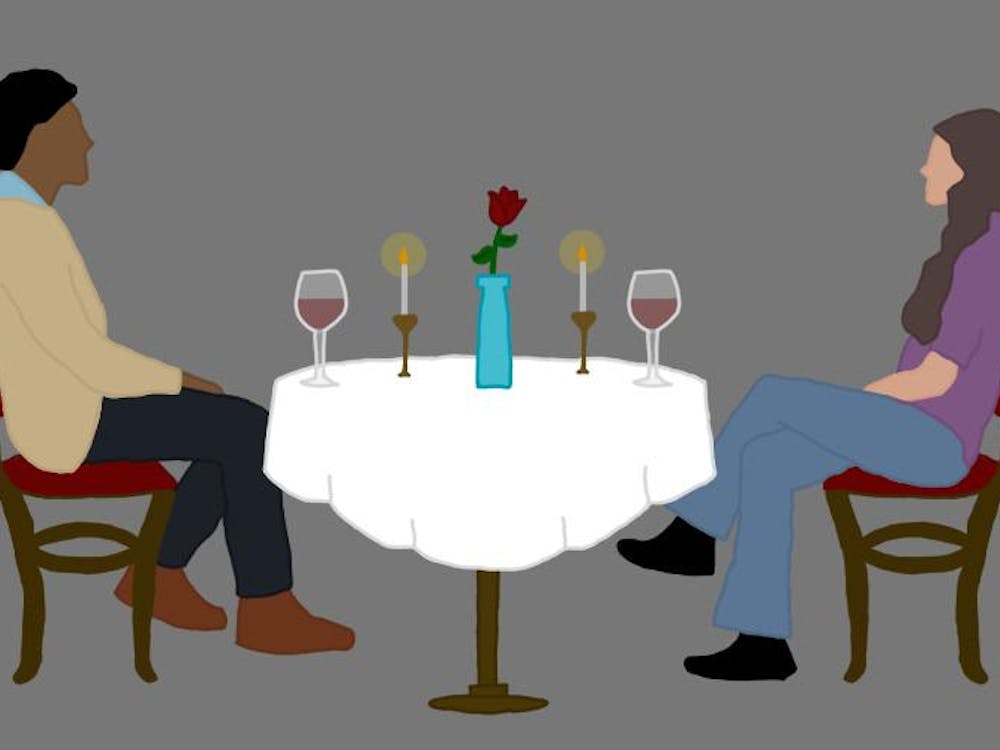I love to return to the definitions of words. There are words with meanings so accepted and deeply understood in conversation that we’re rarely, if ever, tasked with explaining them. We think and speak with these words often; they are thoroughly embedded in our common vernacular. Do we know what exactly we are saying?
Recently, I’ve been intrigued by such a word: space.
This word pervades our daily lives. I wish I could record every time I heard, read or said it within 24 hours; it’s simply everywhere. Not only is it manifest in the physical, but this word is also continuously — with more and more popularity — used in regard to the ideological.
In 2006, Joseph Michelli wrote “The Starbucks Experience,” where he discussed Starbucks’ pursuit to cultivate and market a unique space with an atmosphere of productivity, conversation and community between people apart from work and home. Not only was Starbucks marketed as a physical space, but it was marketed as a mental space as well. More recently, “space” has bombarded headlines as college communities around the nation debate the concept and functionality of “safe spaces.” We are speaking less and less of physical rooms and increasingly of the dynamics of relationships. So what does “space” mean? Google’s definition is as follows:
Space: /spās/ noun. “The dimensions of height, depth and width within which all things exist and move.”
Picture the space in Alderman Library’s lobby. Picture the high ceilings, the long walkways left and right, the shallower area, front to back, made of walls with lofty windows that create the rectangular shape. We can picture the space — we know what that means. It’s definite and measurable. Some things fit in the lobby of Alderman Library; some don’t. Our conversations and common use of “space” points to the fact that our relationships within groups and pairs have these dimensions as well.
Our relationships are spaces. They have dimensions of height, depth and width within which all things — actions, emotions, expressions — exist and move. These spaces can be characterized, like Alderman, by what they have or do not have room for: honesty, silliness, confession, laughter, disagreement, forgiveness, encouragement, fun. What can be done within these relationships? What can be talked about? What can’t?
When we are with someone, we are with them in the context of a specific time and place, but we are also with them in the context of a space that has been created between them and us. We operate within norms, boundaries and upon expectations dependent on what that space looks like. Who makes these spaces? Who defines these dimensions? Who builds the walls? Why, we do. We are the ones who create them; we are the ones who reinforce them; we are the ones who break them. These simple facts are somewhat commonsense; however, they are egregiously overlooked. We must realize these spaces are crafted.
When we acknowledge these spaces exist and that we have a hand in their construction, we have an opportunity to be intentional about the way we shape them. In existing relationships, we can give ourselves a chance to be conscientious about the way our actions are growing or limiting that space. At the advent of new relationships, we have the chance to be thoughtful about our hopes and desires for the space to be made. We have the chance to construct the foundation deliberately.
With every interaction, whether with our best friend or a complete stranger, we invite someone into a space. What do we want that space to look like?
I think sometimes we shy away from this intentionality because we think it sounds legalistic. We don’t want our relationships to be contracts. It sounds stiff and stuffy — it’s the very opposite of the freedom we are so easily attracted to. The reality is that, whether we face it or not, the definition of space is where “ALL things exist and move.” We are going to operate within them: rather than being fearful of creating a structure we may find confining, why not outline spaces with the purpose to allow for more room?
The University, and our worlds within and outside of the University, consist of spaces. We live within the dimensions of old and new dorms, houses off Rugby Road, apartments off 14th Street, classrooms in New Cabell, restaurants on the Corner and green sections of grass on the Lawn. We also live within the dimensions of friendships, relationships with our professors and parents and commitments to people we love. Let’s see our spaces. Let’s value and protect them. Let’s build them with intentionality.







